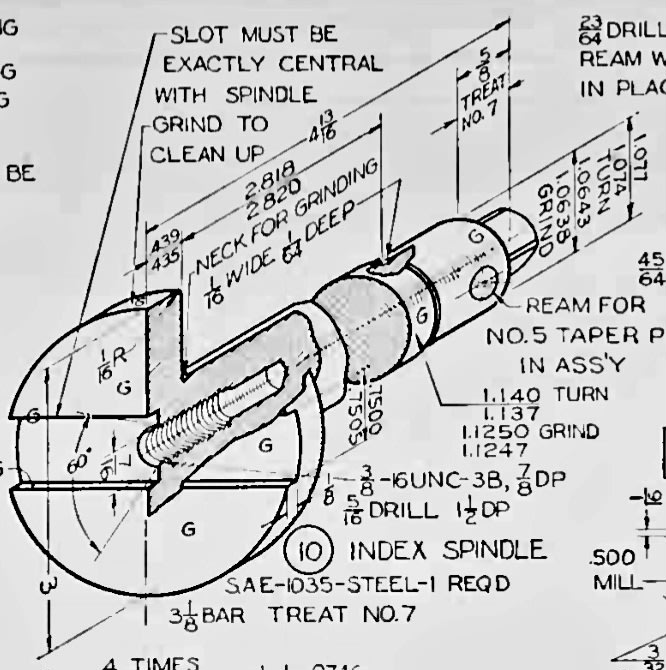Dear Engineer's,
I'm reaching out to seek your expertise on a challenge I've encountered in interpreting certain engineering drawings.
In some instances, I've come across drawings where the projection type (first or third angle) is not explicitly mentioned in the drawing or accompanying notes. To address this issue, I've been employing a workaround by redrawing an established view in Solidworks 2D. By manipulating the drawing, I can visually confirm which oriented view aligns with the original drawing.
While this method has proven helpful, I'm curious if you or your team have encountered similar situations and devised alternative approaches to confirm projection type. I'm particularly interested in learning about any methods that may provide more definitive results or streamline the process.
If you have any insights or recommendations to share, I would greatly appreciate your input. Your expertise in this matter would be invaluable in enhancing our approach to interpreting engineering drawings effectively.
Jay.
I'm reaching out to seek your expertise on a challenge I've encountered in interpreting certain engineering drawings.
In some instances, I've come across drawings where the projection type (first or third angle) is not explicitly mentioned in the drawing or accompanying notes. To address this issue, I've been employing a workaround by redrawing an established view in Solidworks 2D. By manipulating the drawing, I can visually confirm which oriented view aligns with the original drawing.
While this method has proven helpful, I'm curious if you or your team have encountered similar situations and devised alternative approaches to confirm projection type. I'm particularly interested in learning about any methods that may provide more definitive results or streamline the process.
If you have any insights or recommendations to share, I would greatly appreciate your input. Your expertise in this matter would be invaluable in enhancing our approach to interpreting engineering drawings effectively.
Jay.

